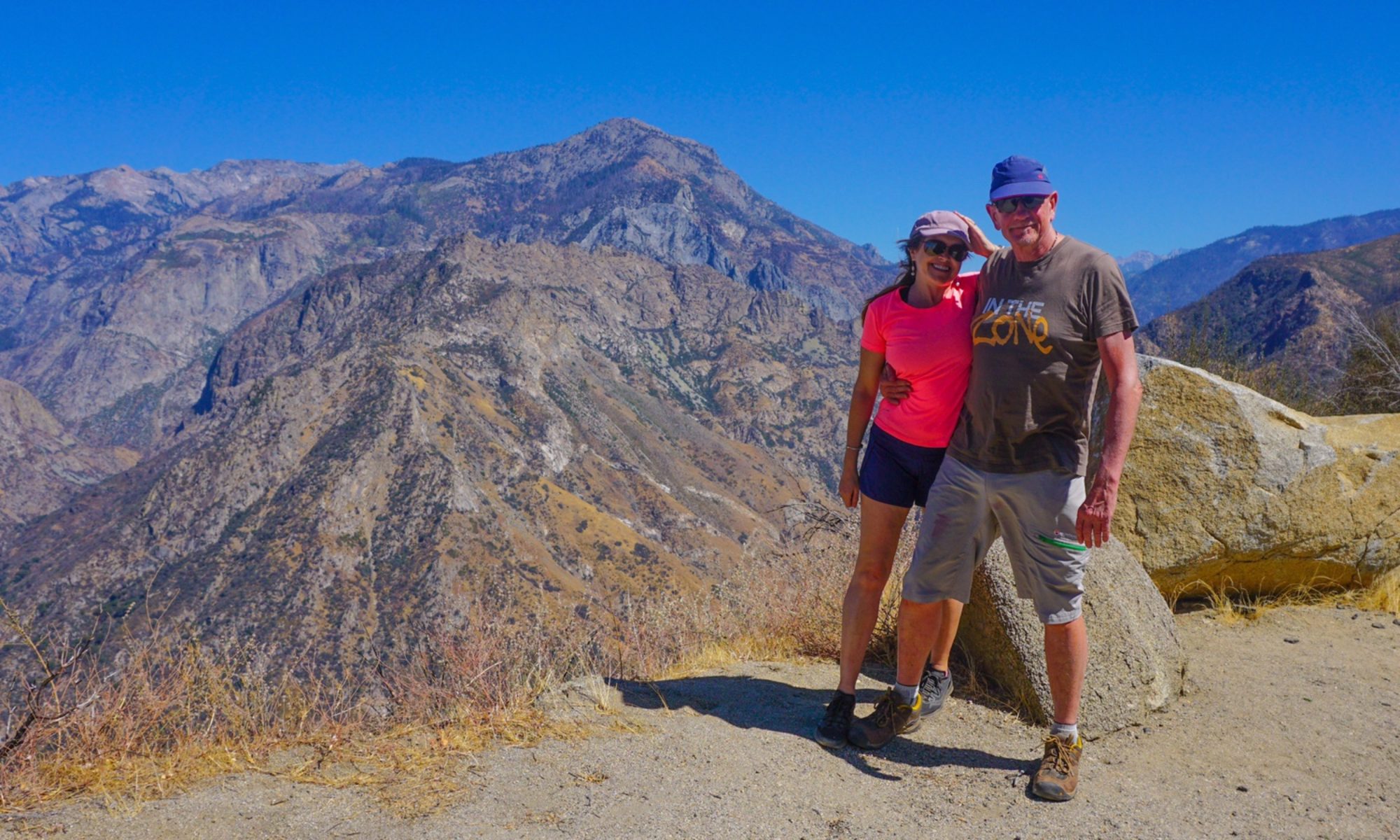Author: Mr A
Location: Longues-sur-mer & Rouen, Normandy, France
This is the first time I’ve seen the area that was the scene of the D day landings in 1944. I found it overwhelmingly sad, and could not understand the smiling selfies that people were taking next to the remnants of the carnage in which so many lost their lives. As was Germany’s leader said last year:
“…when the generation that survived the war is no longer here, we’ll find out whether we have learned from history”.
Angela Merkel, Chancellor of Germany, 2018
Wise words indeed.



I saw that quote in this article published last year in The Guardian written by a 93 year old Polish survivor of the war. I keep re-reading it and finding new depth in the insights he has, both reflecting on his life, and providing some salutary observations on where our world may be headed.
To summarise, and not do his prose justice, Aronson is afraid the “armchair patriots” of today tap into the fears our baser nature has under the screen of firing up “national dignity”. There are clearly many people around the world receptive to their messages that somehow things would be better for them if their country took more care of its borders, and “preserved” their independence and grew their power as a nation.
I have never been close to experiencing any small scale conflict, let alone a war between nations, but I know how I was affected today seeing these relics and reading the information boards describing the horrific events that unfolded on those Normandy beaches. Of course by then there was no choice, the Third Reich had to be stopped. the world would have been ruled by a regime with a hatred for all that was not “Aryan”. I have nothing but admiration for those who stepped up and stopped them.
As Arinson says “Do not underestimate the destructive power of lies”. The world was almost destroyed by them and up to 85 million people lost their lives, and countless more their homes, family and friends. Lies are being spread even more efficiently today using platforms like the one I’m using for this blog. Lying, providing alternative truths, seems to have been socialised now as a “normal” way to communicate, when some leaders on the world stage don’t even bat an eyelid when doing so. They seek to fuel hatred of other groups who don’t share their views on culture, religion, or golf resorts. Yes, those of us who live in democracies get to have our say once every so often, but day to day we can also speak against these people and their lies.


































